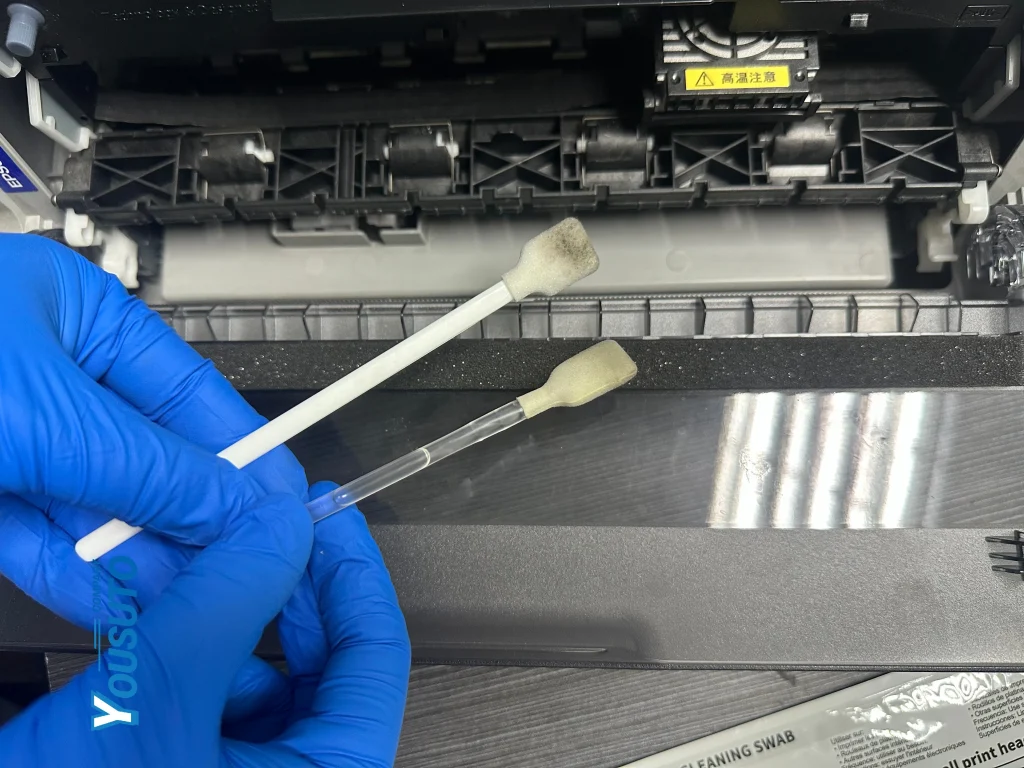In the world of high-precision cleaning, sterilization, and manufacturing, 99% Isopropyl Alcohol (IPA 99%) stands out as a trusted, high-performance solution. Whether you’re in electronics, medical, automotive, or laboratory industries, chances are—IPA is already playing a vital role behind the scenes.
So what makes this clear, fast-evaporating liquid so indispensable? Let’s break it down.
🧪 What Is 99% Isopropyl Alcohol?
In modern industrial and medical environments, it is essential to maintain cleanliness and sterility.
99% Isopropyl Alcohol is a high-purity solvent known for its rapid evaporation, powerful degreasing capability, and low residue. It is miscible with water and effective at dissolving oils, adhesives, dust, resins, and a wide range of non-polar compounds.
Its versatility, cost-efficiency, and low toxicity (compared to other solvents like methanol) have made it a staple across multiple industries.
🌐 Where Is IPA 99% Used? Everywhere That Demands Precision
1️⃣ Electronics & Semiconductor Manufacturing
In cleanroom environments, even a microscopic contaminant can damage sensitive components. IPA 99% is the go-to solution for:
Cleaning wafers, circuit boards, fiber optic connectors, and sensors
Removing solder paste, thermal grease, and flux residues
Maintaining static-sensitive equipment with minimal residue
High-purity grades of IPA are filtered down to submicron levels and tested for trace metals to meet Class 100 or even Class 10 cleanroom standards.
2️⃣ Medical & Healthcare Facilities
70% IPA presaturated wipes provide a lint-free, uniform, and efficient cleaning solution for cleanrooms, ensuring consistent solvent application while minimizing contamination risks.
IPA 99% provides fast-drying, effective surface disinfection without introducing water-based contaminants:
Disinfecting medical devices, ultrasound probes, and surgical surfaces
Wiping down pharmaceutical equipment or packaging areas
Evaporates quickly to minimize microbial growth potential
It is a preferred solution for hospital-grade sterilization routines.
3️⃣ Laboratory & Pharmaceutical Applications
In research and development, purity matters. IPA 99% is widely used for:
Sample preparation and sterilization of lab tools
Cleaning chromatography equipment and optical lenses
DNA precipitation, peptide synthesis, and formulation work
Many pharmaceutical-grade IPA solutions adhere to USP or ACS standards, ensuring the highest chemical integrity.
4️⃣ Automotive & Aerospace
IPA is a behind-the-scenes workhorse in industrial maintenance:
Removing oil, wax, brake dust, and carbon residue
Preparing paint surfaces by stripping wax or sealant layers
Serving as an anti-freeze agent by absorbing moisture in fuel systems
Its non-corrosive nature makes it safe for use on metals, plastics, and glass.
5️⃣ Essential Oil & Botanical Extraction
Thanks to its solvency power, IPA is ideal for processing natural ingredients:
Extracting essential oils, waxes, alkaloids, and plant resins
Aiding in winterization and refinement during oil purification
Serving as a non-toxic alternative to harsh chemical solvents
Especially valuable in nutraceutical and natural skincare industries.
6️⃣ Cosmetics & Nail Care
IPA swabs, infused with isopropyl alcohol, are essential tools for precision cleaning in cleanrooms and industrial settings, effectively removing contaminants like dust, oils, and residues without leaving residue behind.
A favorite in beauty salons and personal care labs, IPA helps:
Clean nail beds and remove oils before application
Thin polish or prep UV gel surfaces for adhesion
Disinfect tools quickly with no water trace or drying time
Its quick action and residue-free finish make it ideal for beauty professionals.
⚠️ Safety First: Proper Use and Handling
While 99% IPA is powerful, it must be used with care:
Keep away from flames and heat sources—it’s highly flammable
Ensure proper ventilation during use
Store in sealed containers in a cool, dry place
For industrial and lab applications, always refer to your SDS (Safety Data Sheet) and use appropriate PPE.
✅ Final Thoughts
Isopropyl alcohol is a multi-functional household chemical that offers numerous benefits, from cleaning and disinfecting to specialized applications in electronics. Understanding its properties and safe usage can help maximize its effectiveness and ensure safe handling.
From removing microscopic dust particles in cleanrooms to prepping car exteriors and lab glassware, 99% Isopropyl Alcohol is the invisible force behind precision, cleanliness, and consistency.
Whether you’re an engineer, scientist, technician, or manufacturer, having IPA 99% in your toolkit isn’t just convenient—it’s essential.
Looking for a high-purity IPA for your facility? Choose a grade that meets your exact needs—be it electronic, pharmaceutical, or cleanroom-level specifications.
Because when it comes to purity, every percent counts.
